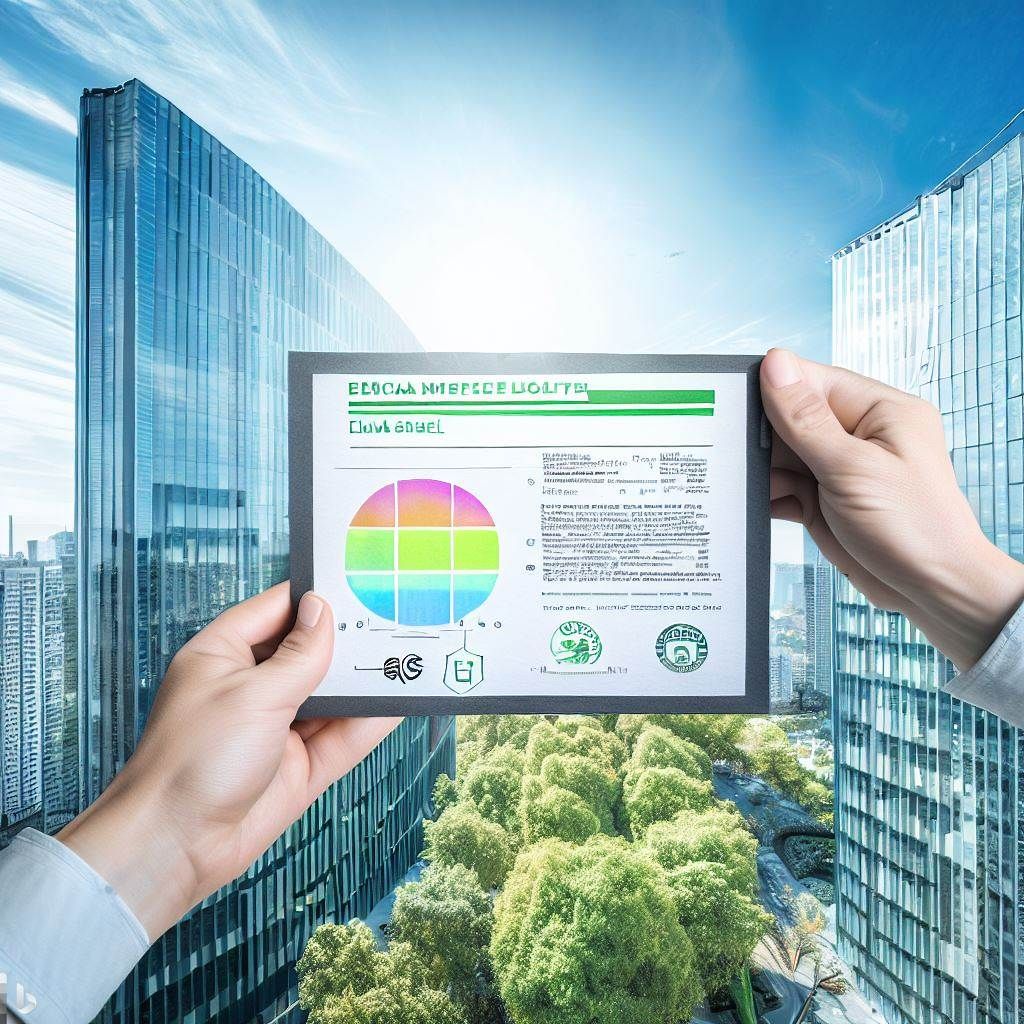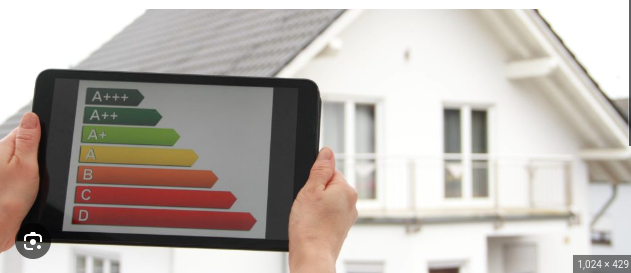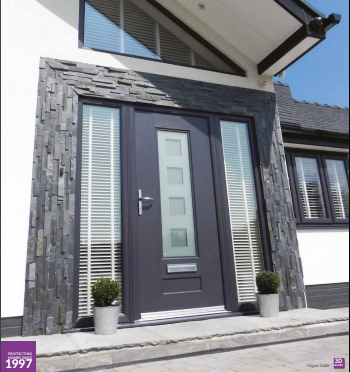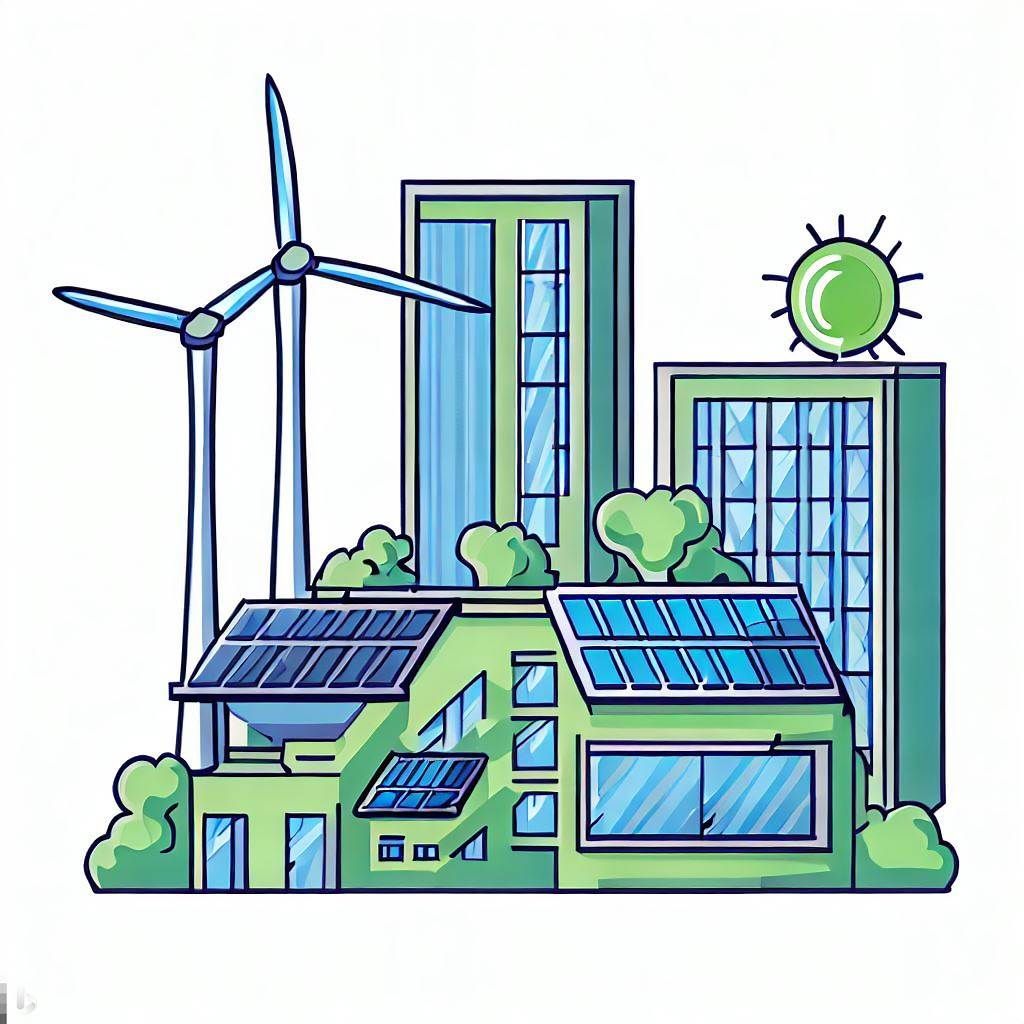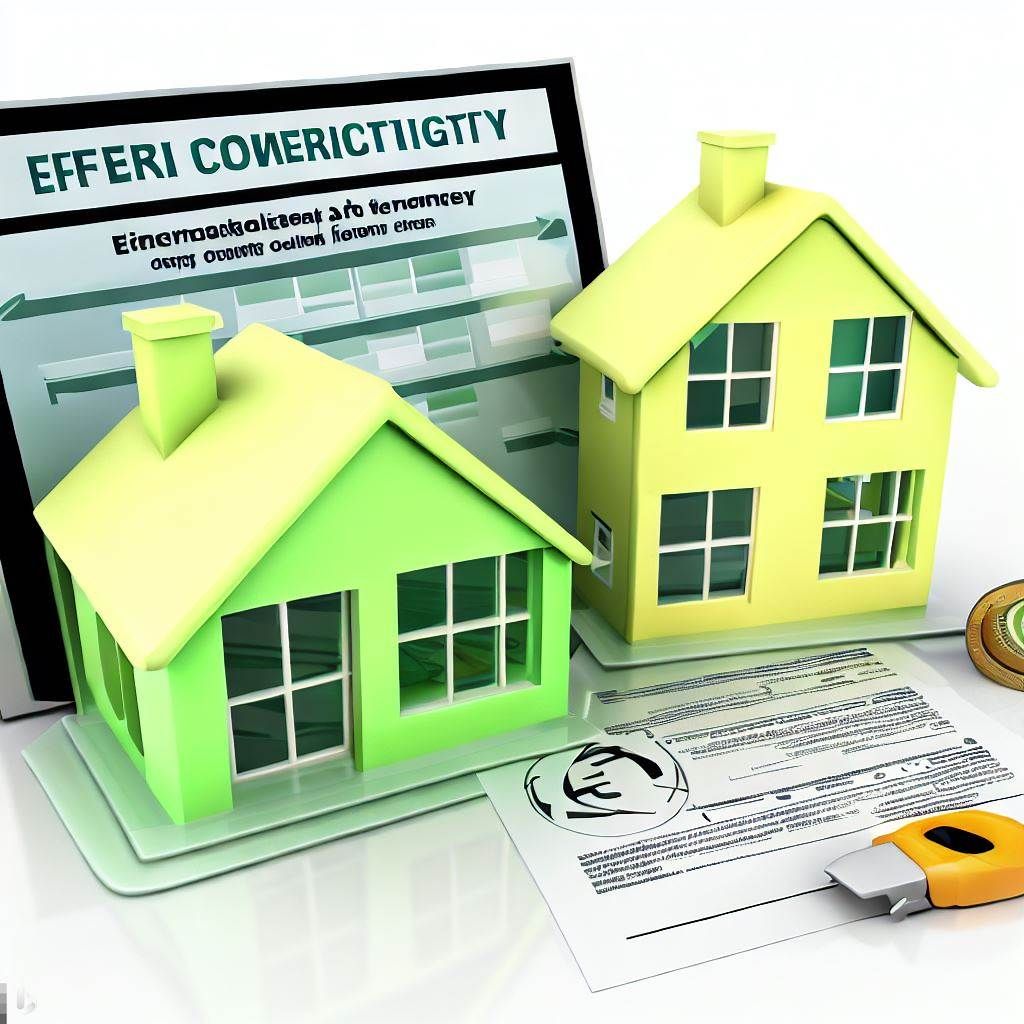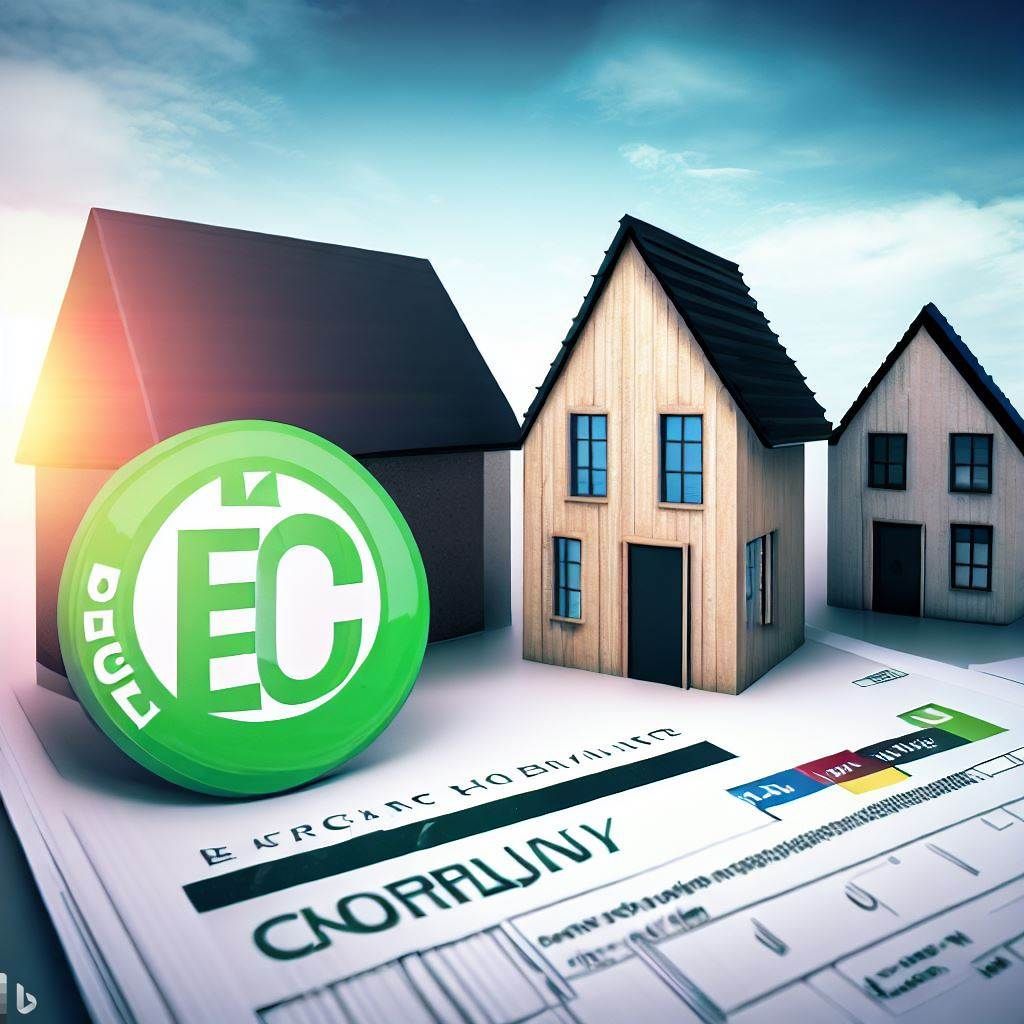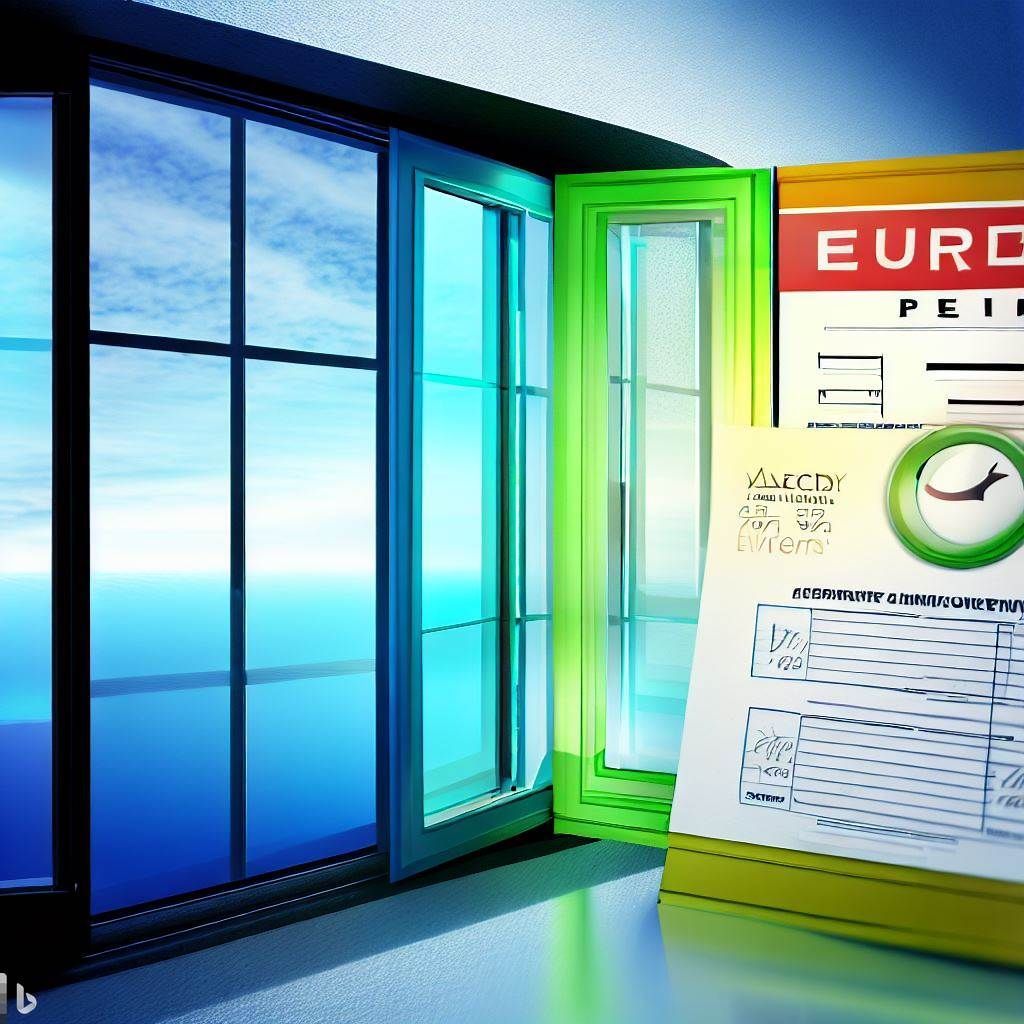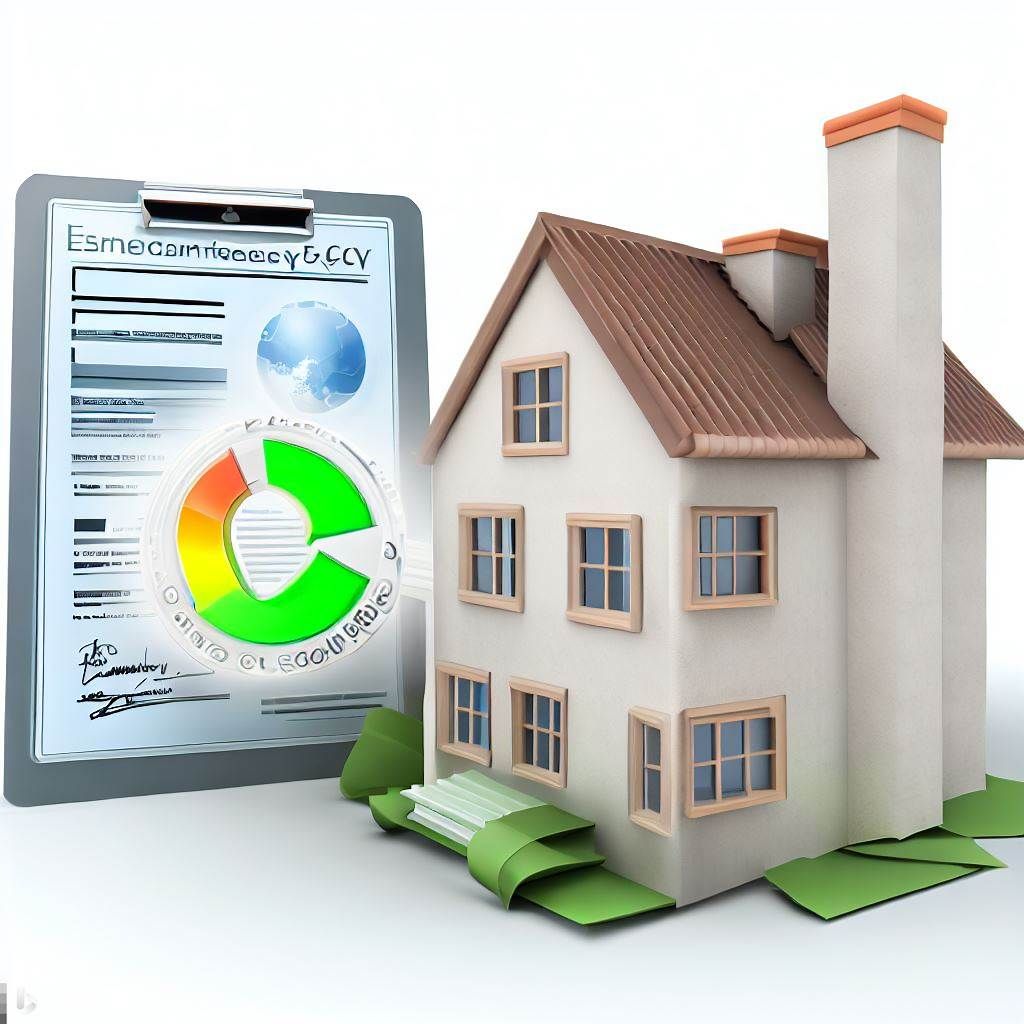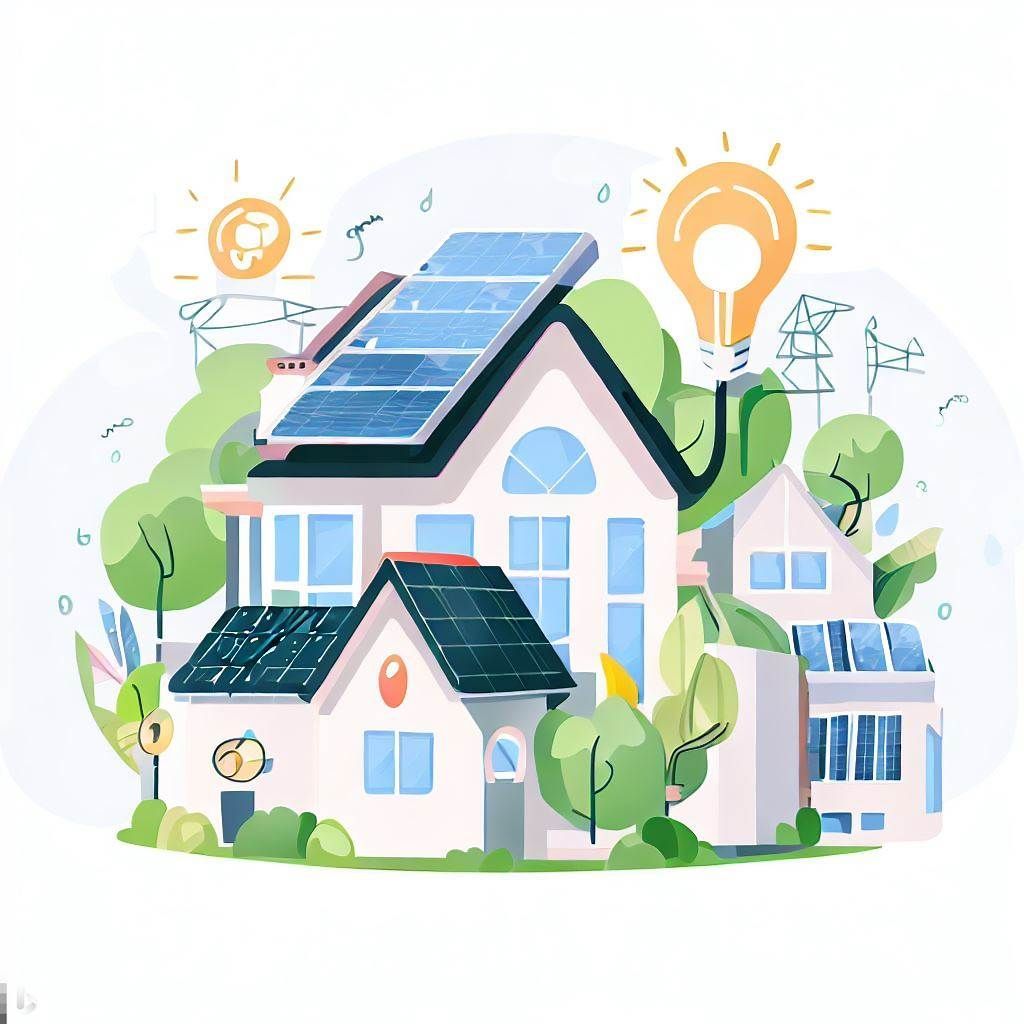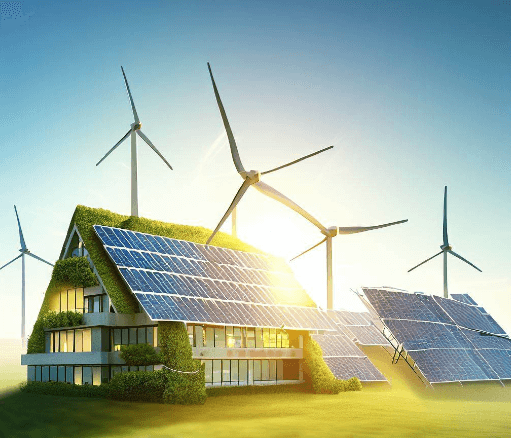The Future of Energy Assessment: Emerging Trends and Technologies
My Guide To Emerging Trends And Technologies In Energy Assessment.
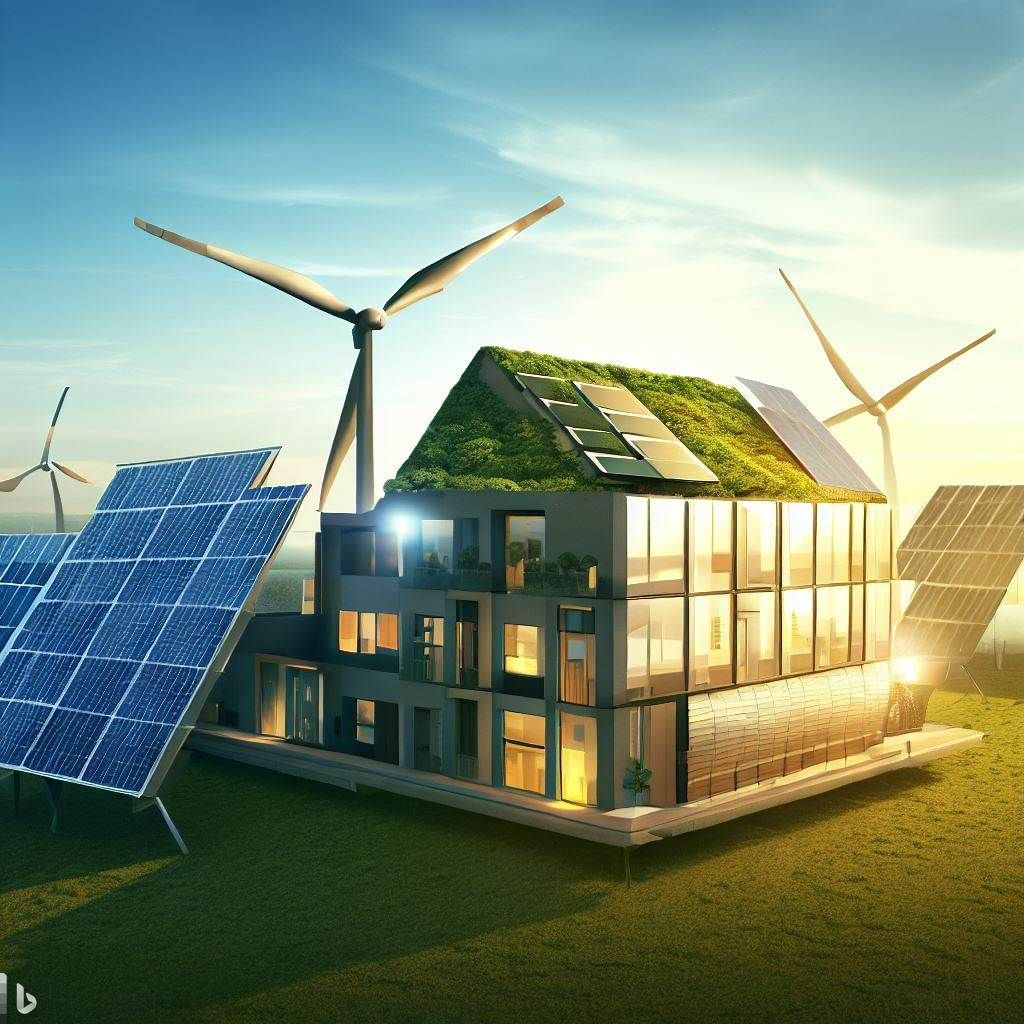
Introduction:
As the world becomes more conscious of the environmental impact of our actions, energy assessment and conservation have taken centre stage. Domestic Energy Assessors play a crucial role in promoting sustainability and guiding homeowners towards energy-efficient solutions. In this blog post, we explore the future of energy assessment, highlighting emerging trends and technologies that are shaping the industry.
1. Artificial Intelligence and Machine Learning:
Advancements in artificial intelligence and machine learning are revolutionising energy assessment. These technologies can analyse vast amounts of data, providing more accurate predictions of energy consumption and efficiency. AI-powered algorithms can identify patterns and recommend customised energy-saving measures based on specific property characteristics.
2. Internet of Things (IoT) Integration:
The Internet of Things is connecting our devices and appliances, enabling smart homes that optimise energy consumption. Energy assessors can leverage IoT devices to gather real-time data on energy usage, identify inefficiencies, and suggest improvements. From smart thermostats to connected appliances, IoT integration offers valuable insights for energy assessments.
3. Building Information Modeling (BIM):
Building Information Modelling is a powerful tool for energy assessors. It creates a digital representation of a property, including its architectural, structural, and energy-related aspects. By incorporating BIM into energy assessments, assessors can simulate various scenarios and evaluate the impact of design changes on energy efficiency. BIM helps in identifying opportunities for optimisation even before construction begins.
4. Energy Performance Visualisation:
Visualising energy performance through interactive dashboards and intuitive interfaces is gaining traction. Energy assessors can present homeowners with detailed graphical representations of energy consumption patterns, providing clear insights and enabling informed decision-making. These visualisations facilitate a better understanding of energy usage and help identify areas for improvement.
5. Renewable Energy Integration:
Renewable energy sources, such as solar panels and wind turbines, are becoming more accessible and affordable. Energy assessors can guide homeowners in integrating renewable energy solutions into their properties. Assessing the feasibility and potential benefits of renewable energy adoption will play a pivotal role in the future of energy assessments.
6. Energy Storage Solutions:
The advancement of energy storage technologies opens up new possibilities for optimising energy consumption. Assessors can evaluate the potential benefits of integrating battery storage systems into properties. These solutions can store excess energy during low-demand periods and release it during peak hours, reducing reliance on the grid and enhancing energy efficiency.
7. Blockchain for Energy Management:
- Blockchain technology offers transparency, security, and traceability, making it promising for energy management. Smart contracts and decentralised systems can enable efficient energy trading, incentivise energy conservation, and reward sustainable practices. Energy assessors can educate homeowners on the potential of blockchain technology in managing energy consumption and optimising costs.
Conclusion:
The future of energy assessment is poised to be dynamic and innovative. As Domestic Energy Assessors, staying up-to-date with emerging trends and technologies is crucial for providing valuable insights to homeowners. From AI and IoT integration to renewable energy solutions and blockchain technology, the industry is evolving rapidly. By embracing these advancements, energy assessors can guide homeowners towards a greener, more sustainable future.
Remember, as a Domestic Energy Assessor, keeping abreast of the latest trends and technological developments is key to providing cutting-edge services and helping homeowners make informed decisions to enhance energy efficiency and reduce environmental impact.
